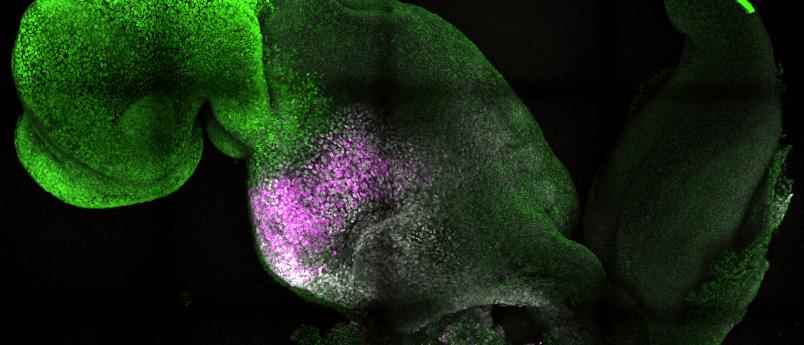Published: Less than 30 min ago
full screen
Next
Microscope image of a natural mouse embryo. The green shows the brain and the purple is the heart.
1 of 2 Photo: Gianluca Amadei, Charlotte Handford, Nature /TT
Researchers have succeeded in getting stem cells to become a mouse embryo, without the involvement of either egg cells or sperm.
There are two different research groups that have managed to get embryos created from stem cells to grow in a lab environment. According to the articles, which were published in the journals Cell and Nature, the mouse embryos survived for eight days.
During that time, they had begun to develop a heart-like structure, gastrointestinal tract and the beginnings of a brain. For a mouse embryo to develop into a viable mouse, it must grow for 20 days.
What the researchers have done is to use stem cells from an ordinary mouse embryo and let them grow. There have been several previous attempts to get such stem cells to develop into new embryos, but they have not been successful for as long. What the researchers did now was to let the stem cells from the embryo grow together with another kind of stem cells, a kind that then develops into the placenta. It turned out to be successful.
In addition, they used a technique developed by the other research group. It is based on the fact that the environment in which the embryo grows is formed by a rocking glass jar with a certain type of ventilation reminiscent of a womb
The researchers hope that with the synthetic model they will be able to gain knowledge about the first period of fetal development. In Sweden, and in many other countries, research is not allowed on human embryos that are more than 14 days old. But by studying synthetic and cultured embryos it could be possible.
The researchers also hope that the method could eventually be used to create organ models or organs for humans.
